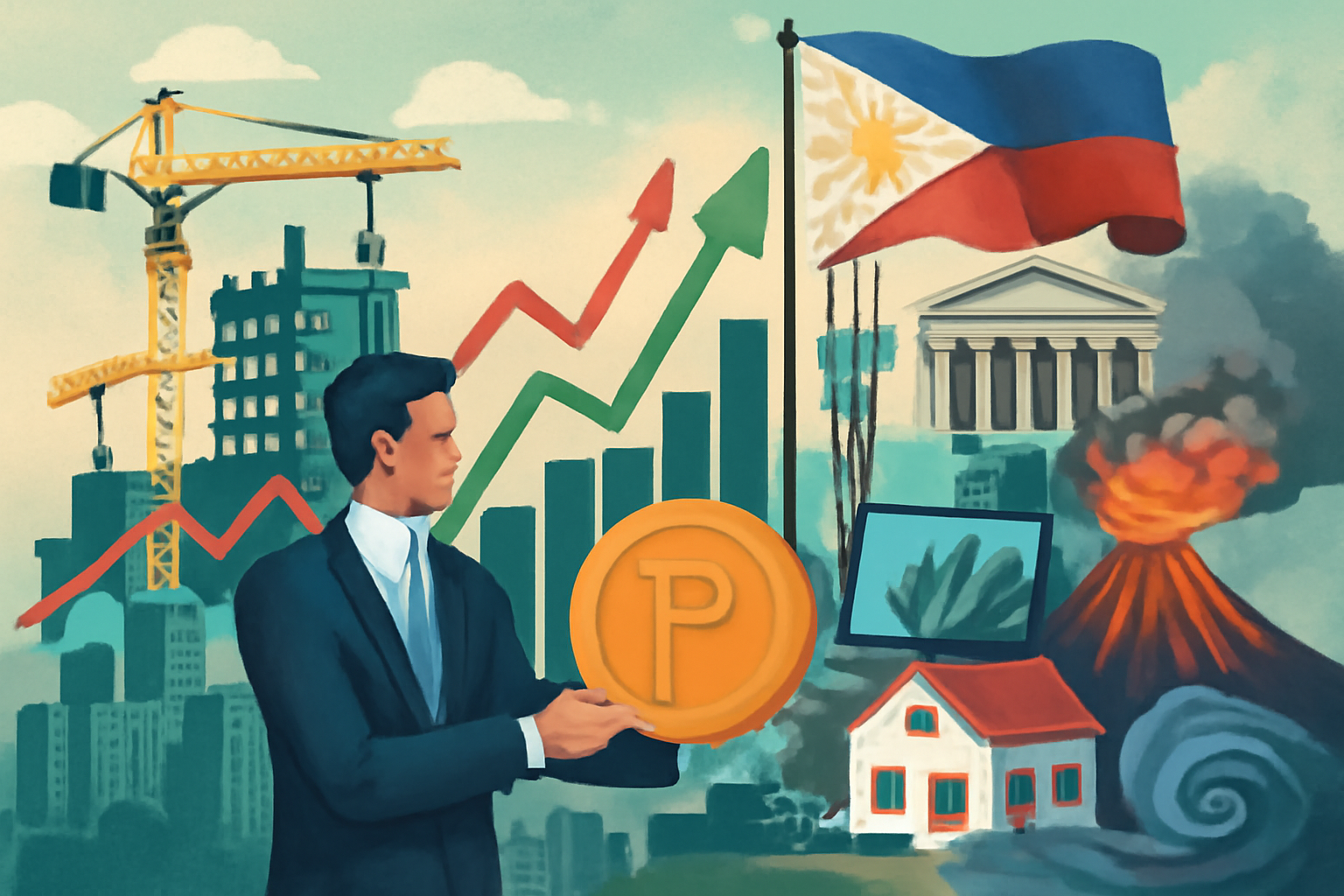The Philippines has steadily emerged as one of Southeast Asia’s most promising investment destinations. With a dynamic economy, favorable demographics, and an expanding digital landscape, the country offers a wealth of opportunities for both local and international investors. However, like any emerging market, investing in the Philippines comes with its set of challenges that investors need to understand before diving in.
Investment Opportunities
- Strong Economic Fundamentals
The Philippines’ economy has shown impressive resilience, even amidst global economic uncertainties. Factors such as a growing middle class, high levels of remittances from overseas Filipinos, and a booming services sector, including Business Process Outsourcing (BPO), contribute to a strong economic base. The government’s proactive approach to improving infrastructure also helps stimulate economic growth and create investment opportunities in various sectors. - Expanding Financial Market
The Philippine Stock Exchange (PSE) has attracted attention due to the growth potential of its listed companies. Key sectors such as finance, telecommunications, and real estate have seen substantial growth. With a variety of large corporations and emerging small and medium enterprises (SMEs), investors have a broad range of options to choose from in the local stock market. Additionally, the recent rise of exchange-traded funds (ETFs) offers investors a diversified approach to investing in the Philippines. - Real Estate and Property Investment
Real estate is a standout sector for investment in the Philippines. Continued urbanization, rising disposable incomes, and growing foreign direct investment contribute to robust demand in both residential and commercial real estate. Areas like Metro Manila, Cebu, and Davao have been seeing property prices increase, driven by infrastructure improvements and strong economic growth. Real estate investment trusts (REITs) also offer an easy entry point for investors seeking to tap into the booming property market without directly owning real estate. - Opportunities in the Digital Economy
The digital transformation in the Philippines is accelerating, particularly in sectors like e-commerce, fintech, and online gaming. With internet penetration improving and a rising number of mobile users, digital companies are benefiting from increased demand. The Philippine government’s push for digitalization and a cashless economy further supports growth in these sectors. Investors who recognize the potential of digital startups can tap into a rapidly expanding market. - Government Support and Reforms
The Philippine government has made significant strides in creating a more investor-friendly environment. The passage of laws such as the Ease of Doing Business Act and the Tax Reform for Acceleration and Inclusion (TRAIN) Law has made it easier for investors to set up and operate businesses. Additionally, the government’s “Build, Build, Build” program continues to improve infrastructure, which positively impacts various industries, especially real estate and manufacturing.
Challenges in the Philippine Investment Landscape
- Political and Regulatory Uncertainty
The political environment in the Philippines can sometimes be volatile, with policy shifts depending on changes in leadership. Corruption, bureaucratic inefficiencies, and inconsistencies in enforcement can present challenges to businesses operating in the country. Regulatory risks, such as changes in tax policies or industry-specific regulations, may also affect investment outcomes. - Inflation and Currency Risks
The Philippines has experienced inflationary pressures in recent years, which can affect the purchasing power of consumers and the profitability of businesses. Moreover, fluctuations in the Philippine Peso’s value can influence foreign investments, as currency volatility can impact returns for international investors. - Natural Disasters
As a country located on the Pacific Ring of Fire, the Philippines is prone to natural disasters such as typhoons, earthquakes, and volcanic eruptions. These events can disrupt business operations, damage infrastructure, and result in financial losses. Investors should consider disaster preparedness and risk management strategies when investing in the Philippines. - Underdeveloped Infrastructure in Some Regions
While significant progress has been made, infrastructure development is still uneven across the country. Urban areas tend to have better infrastructure compared to rural regions, which can create challenges for logistics, transportation, and accessibility for businesses. Investors in sectors such as retail and logistics should account for these disparities when making investment decisions. - Market Liquidity Concerns
Liquidity in the Philippine financial markets, especially for smaller companies or niche sectors, can be an issue. Limited liquidity can lead to volatility, making it more difficult for investors to buy or sell assets quickly. This is particularly important for investors looking for shorter-term gains or those who may need to liquidate assets in response to changing market conditions.
Conclusion
The Philippines presents numerous investment opportunities driven by its strong economic growth, favorable demographics, and the ongoing expansion of key sectors like real estate, finance, and digital technology. However, investors must also be prepared to face challenges such as political instability, inflation, natural disaster risks, and market liquidity concerns. By adopting a comprehensive understanding of the market dynamics and exercising due diligence, investors can capitalize on the growth potential of the Philippine financial market while mitigating the associated risks.




